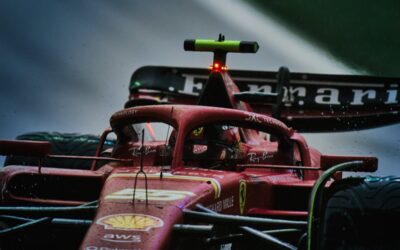The Bahrain Grand Prix has been a ‘wake-up call’ for many teams, albeit for different reasons.
Ferrari and Mercedes are painfully aware that the gap from Red Bull is as wide as it appeared in the tests. It is also clear that Aston Martin has all the credentials to be a real threat and consistently fight for podiums in 2023
Some teams have gone even better than expected, such as Williams, while others are banking on improving later in the season – still hopeful – as in the case of the McLaren MCL60.
In Woking, the team’s development for the MCL60 was delayed and is, so far, only a small evolution of the 2022 car.
Winter development work is continuing at the factory with the aim of introducing the first substantial package of new features that can “officially” kick off their 2023 season.
The target remains Baku, even if the team will make minor updates both in Saudi Arabia and Australia.
James Key: “The changes to the floor have penalised us a lot in the development of the MCL60.”
Towards the middle of last season, there was a lot of talk about the regulatory changes introduced by the FIA to reduce porpoising.
The TD39 effectively ‘killed’ Ferrari’s ambitions after the summer break, making the F1-75 a completely new car, more unstable and less performing, without that bottom which served as a third suspension, in short, as further support to the mechanics of the single-seater Italian.
For this year, however, more structural modifications have been launched, which mainly concern the height of the side edges of the floor (bottom) and the throat of the diffuser. Whilst minimal, these changes are still very important:
“The floors of these cars are huge and produce an immense amount of downforce. They are very complex, and even a small change can affect the performance of this component,” commented James Key after Bahrain.
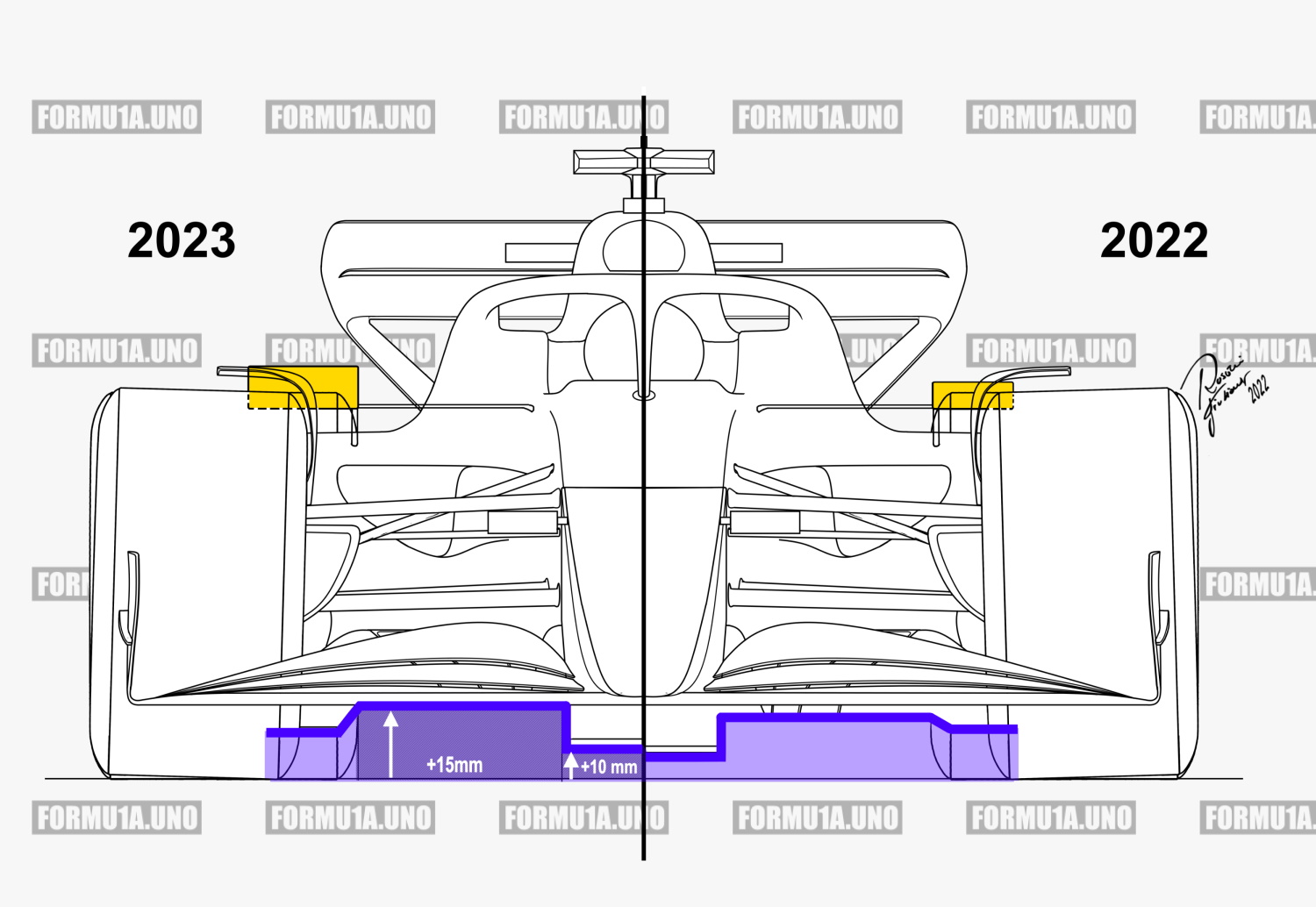
McLaren’s technical director does not question the changes launched by the FIA, agreeing that “porpoising was a problem at the time, even if we all went on to improve over the course of the season. However, at that moment, we agreed on these changes.”
Something else that significantly impacted McLaren was the timing of this directive. Something that Alfa Romeo’s DT Jan Monchaux complained about even more explicitly and directly on the day of the presentation of the C43. Such a delicate change, decided so late in the season, can have important consequences:
“When we made the 15mm change to the bottoming, it was a big blow for us. We have lost more than we thought.” explained the Alfa Romeo technical director.
This change prompted McLaren to review parts of its 2023 project, causing a decisive step backwards that caused the performance issues seen in Bahrain:
“We have worked to find solutions, but we have been forced to completely change our approach, and this takes time.”
“The changes have affected everyone but in a different way. The impact depended on the geometries of the bottom. Last year there were two different ‘philosophies’ on the fund, one that we used and one where most of the other teams were,” explains James Key
This is specifically referring to the differences in the initial part of the floor and on the external pavement, where Mclaren used solutions and quite different geometries compared to the other teams.
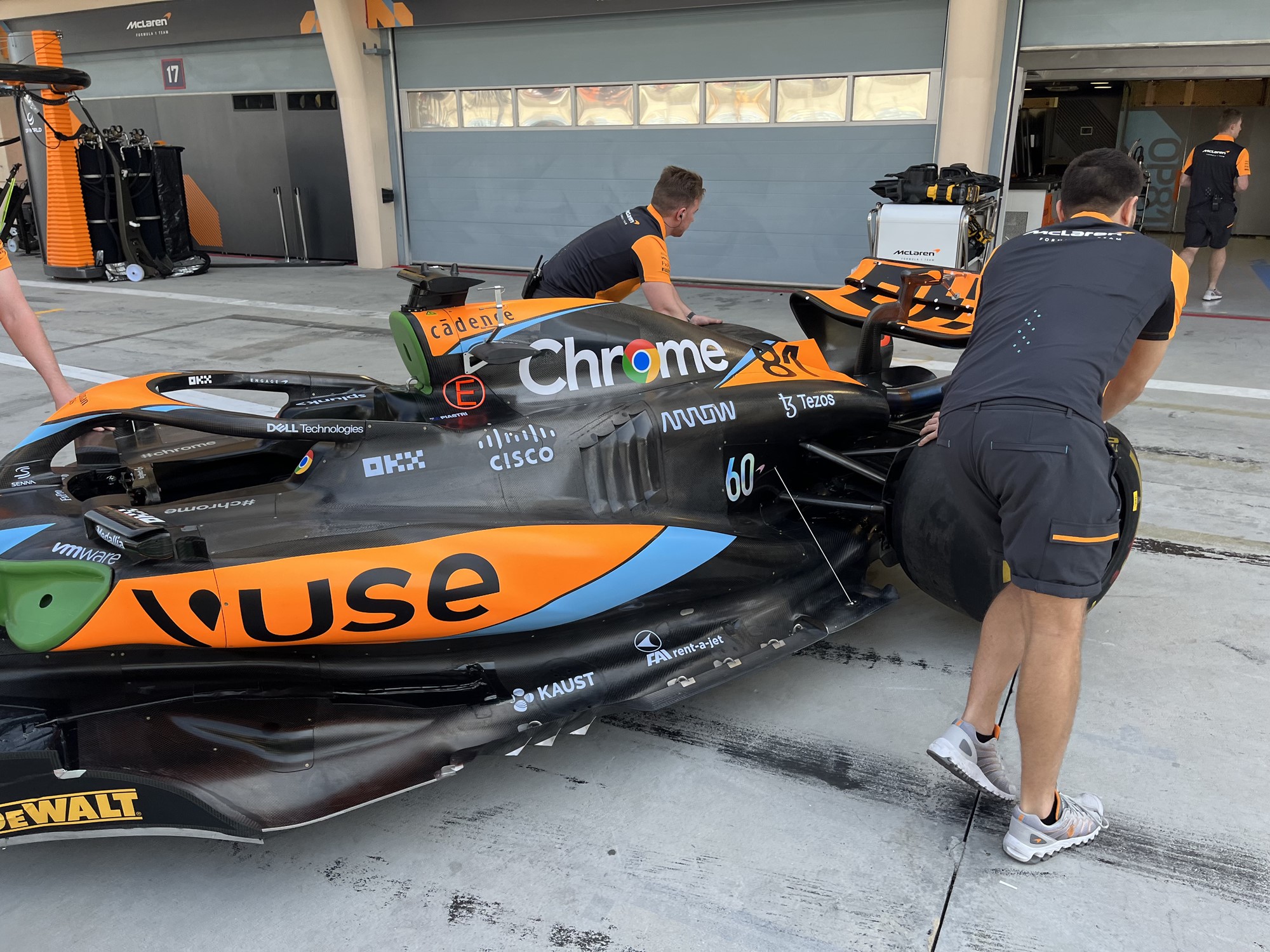
Woking’s technical director admitted that the team lacked the time to overturn the MCL60 and produce a copy of the new bottom for Bahrain in time, which would have been too risky:
“We tried to make it to Bahrain in time, but we didn’t make it. It would have been too risky anyway. It is more important for us to have stability and the certainty that the data correlation between the track and the simulator is correct.”
This is largely for the team’s Bahrain specification, which was rather inefficient due to the changes in the regulations.
McLaren was forced to use this ‘basic’ version of the MCL60 for the start of the championship, waiting for the first important developments later on.
While awaiting the new infrastructures, McLaren is also looking at the ‘market’ of engineers and takes Sanchez from Ferrari.
The work done during the winter break was impacted by several factors. McLaren continues to use rather dated infrastructure, less efficient than the more modern and innovative equipment of its competitors. At the wind tunnel level, McLaren hopes to start using it in June.
The new wind tunnel with have some impact for next season, but only in 2025 will Mclaren’s car be developed entirely with the new tools.
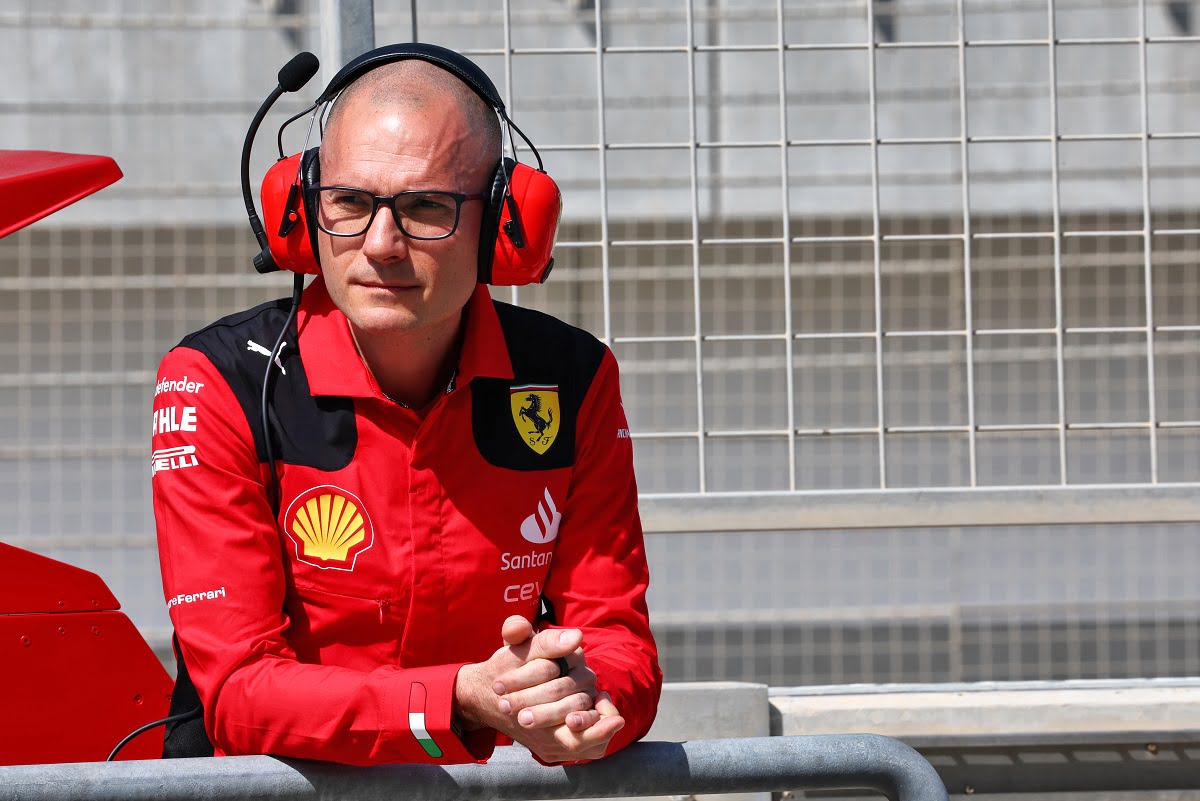
Regarding the infrastructural problems, it must be added that various figures, including high-level ones, left the company last season to settle elsewhere, greatly impoverishing McLaren from a technical point of view.
In recent years, there has been a lot of turnover not only in the financial parts of the teams but also in the technical department. Aston Martin has been very active in this area, thanks in large part to the arrival of Lawrence Stroll.
Mercedes, meanwhile, is the team that has lost the most pieces. After an era of domination, it is normal that many technical figures have decided to change the scene.
From this point of view, Mclaren has already scored the first blow of 2023: David Sanchez will return to Woking after he finishes gardening leave, departing from Ferrari.
Bahrain: the MCL60 showed potential but also many problems.
The debut of the MCL60 was anything but idyllic. Expectations weren’t very high for the Papaya team, but some reliability problems further compromised what could have been the final result. The problems with the braking system in Bahrain last season come to mind.
During the tests, the MCL60 revealed structural problems on the ‘gull wings’, which required updates for the first race in order to avoid further and more serious problems during the Grand Prix.
Once this correction was applied, the first round of the season held other surprises. Oscar Piastri retired in the initial stages of the race due to an electrical problem – which the team hoped to solve with a steering wheel change.
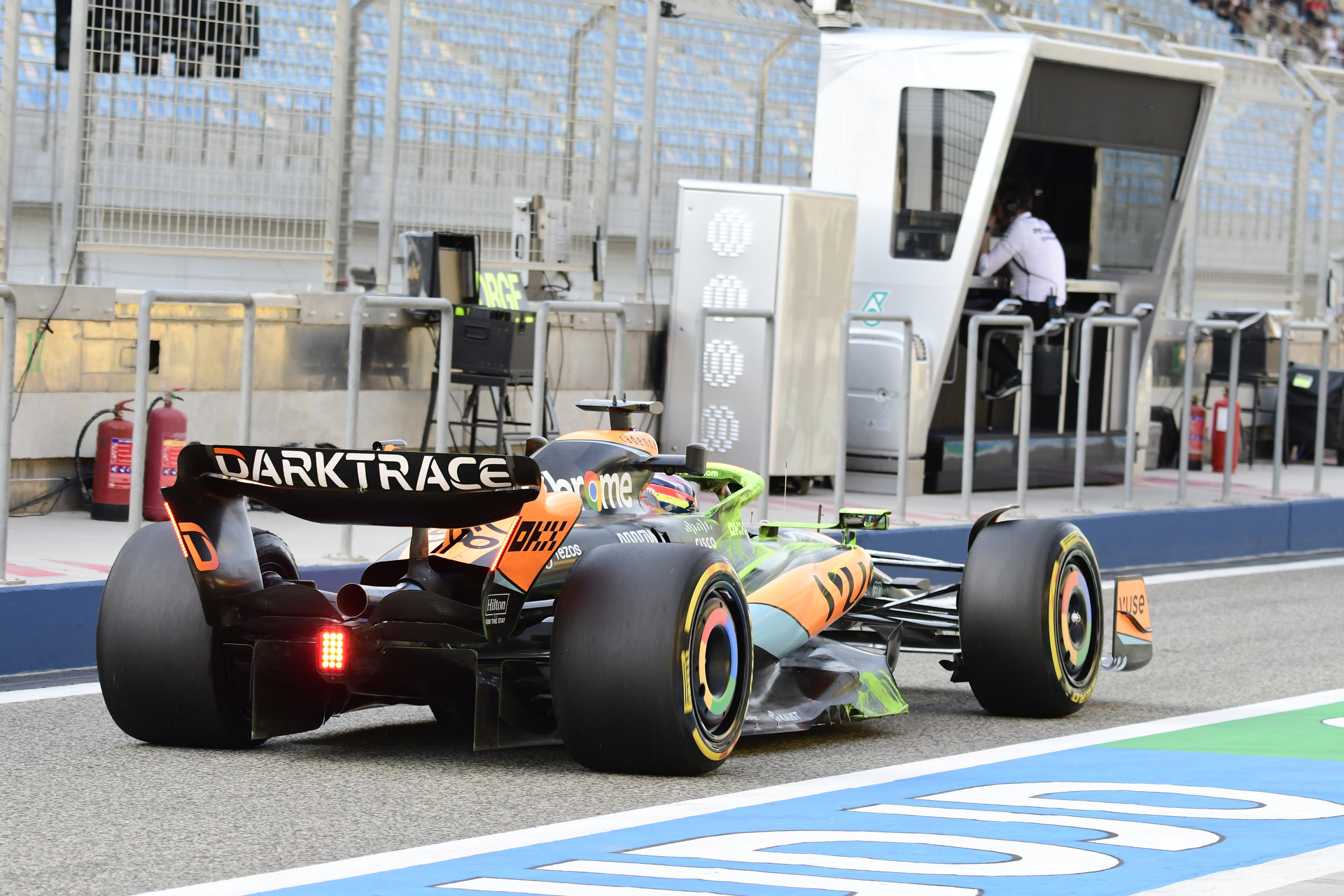
Lando Norris fared slightly better as he managed to finish the race, but a loss of engine pressure forced him to complete six stops during the Grand Prix.
A problem with the pneumatic valve forced the team to pit Norris approximately every ten laps to introduce air into the engine.
The team held out hope for a Safety Car to fight for points at the end, but this never happened. The English team’s pace is not so far from the head of the midfield (Alpine and Alfa Romeo).
Norris’ race pace was, at times, a second quicker, despite the problems with MCL36. The 23-year-old certainly had the pace to score points, which surprised McLaren:
“We arrived thinking that Q3 and the points would have been complicated to achieve, and instead, we could have easily collected some points in Bahrain without any problems.
“The midfield is very compact, and the encouraging thing is that the pace was very close to Aston Martin and Ferrari,” commented Team Principal Andrea Stella post-race.
Authors: Piergiuseppe Donadoni & Paolo D’Alessandro
Translation: Jaden Diaz-Ndisang



